|
|
|
Salto, Paysandu and Rio Negro. |
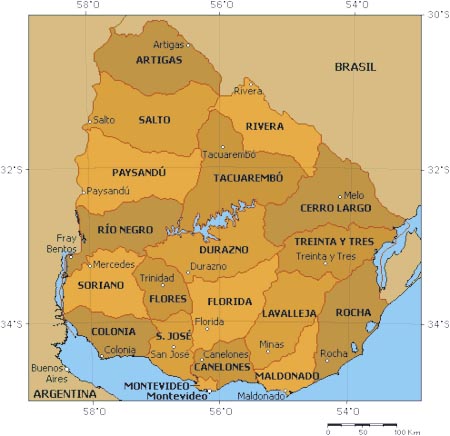
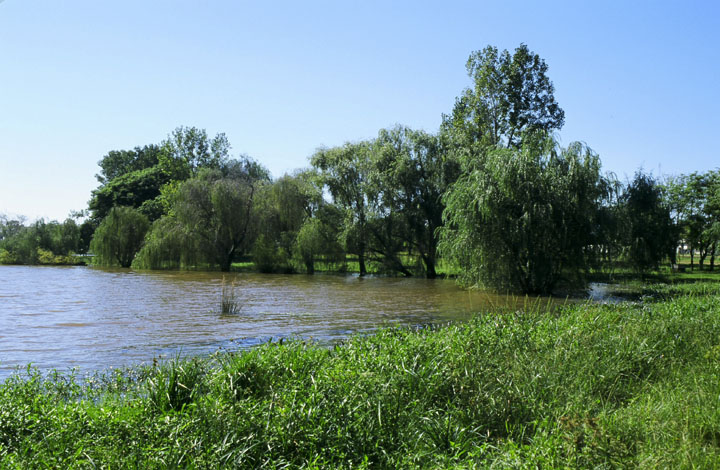
Habitat near Villa Constitucion, Salto Grande.
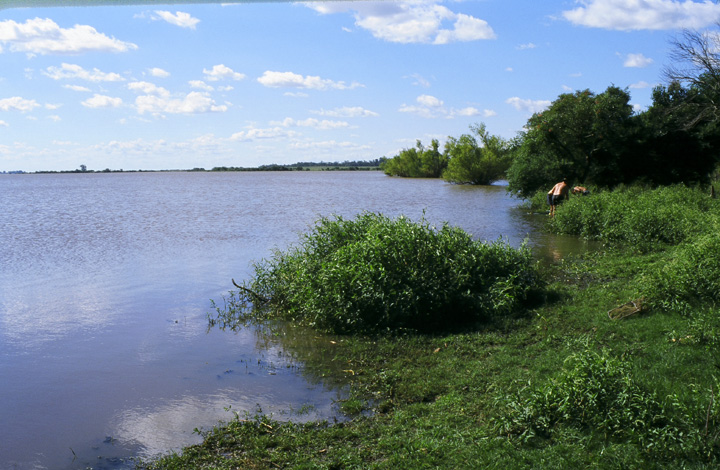
Flooded riverside lake near Rio Uruguay in Salto. Home to five species of Crenicichla - vittata, scotti, cf. lepidota, missioneira and sp. aff. minuano. C. scotti and lepidota are shallow water species. The rest are found in deeper water with Gymno balzanii.

Rush hour in busy downtown Villa Constitucion, Uruguay.

Crenicichla sp. aff. minuano Salto
This may have been the first time this species was ever collected in Salto or even Uruguay. At first, I thought it was a female C. missioneira, but quickly realized that it was closer to C. minuano. We caught only one. I returned to Uruguay 5 years later with Crenicichla minuano in mind. However, after collecting the real C. minuano in Rio Cuareim along the Brazil border, I have strong doubts about the identity of this species. This fish has a taller head, body and much thicker lips than the real C. minuano. The coloration of C. minuano from Rio Cuareim is also not greenish. So what do I think this fish is?
My opinion is that it is undescribed. Since that day in 2001, Felipe Cantera has collected in this spot dozens of times over the last 5 or 6 years and has never caught another one since.
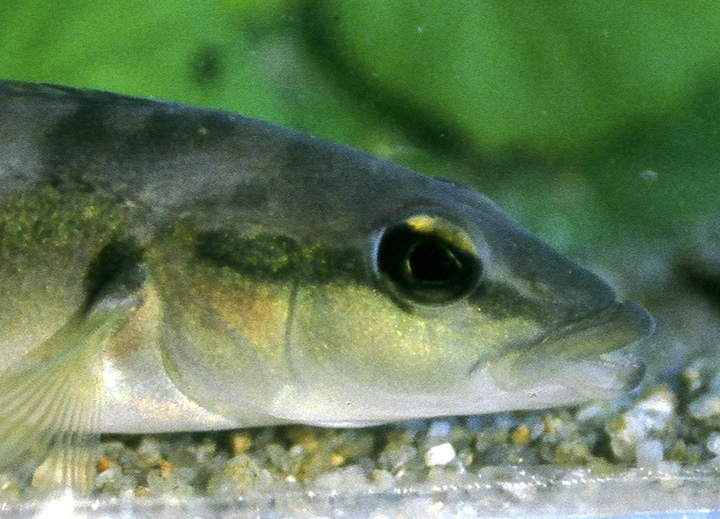
Close up of the mystery pike that I'll call C. sp. aff. minuano Salto.
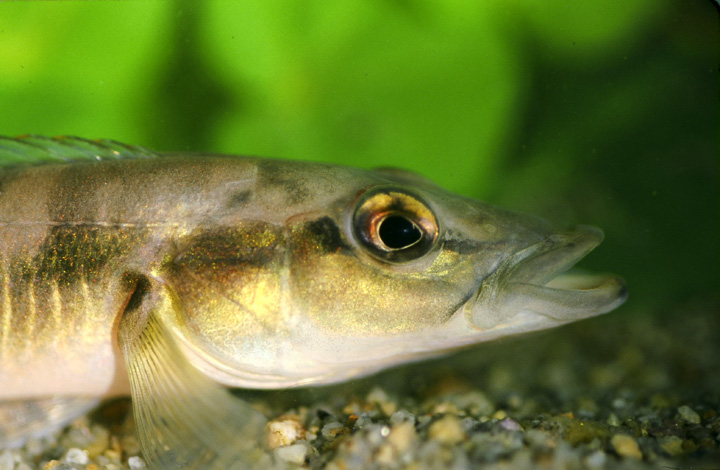
Crenicichla missioneira. At the time of writing (Jan-2007), this little brute is about 7 years old and lives in my unheated garage.
He is about 10 inches long and eyes my dog like he has it all plotted out.

The clueless victim of the plot, Bailey.

Sunset over Argentina and Rio Uruguay. The shores of this river is covered with egg-sized smooth rocks. Nathan and I spent a few hours sitting chest-deep in the water watching the sunset. No, we were not holding hands.
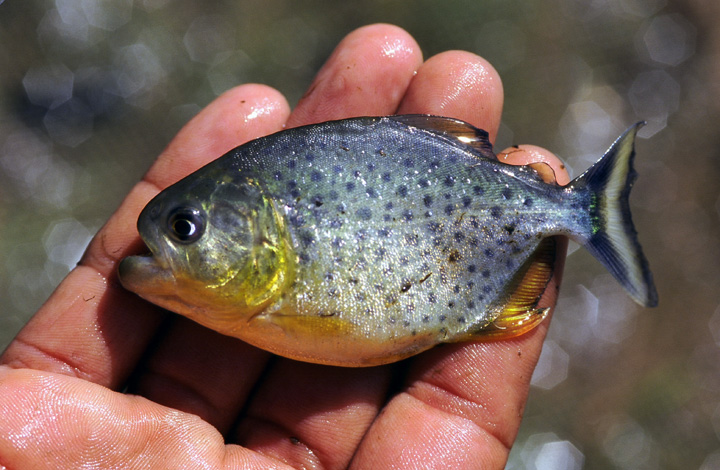
Salto is one of the warmest places in Uruguay and this spot harbors a small Serrasalmus species. It may be S. ternetzi but needs confirmation. By its looks, it is not short on food. I have not seen this species get larger than 6 inches. They appear to spawn in the spring (Oct-Nov) when juveniles are relatively easy to capture with seines.
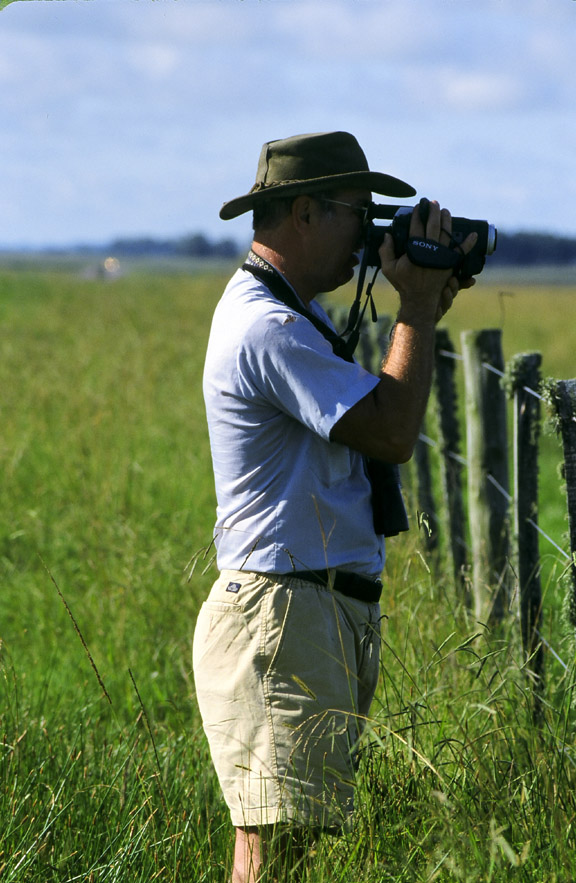
"Jim hermanii" taping Rhea.
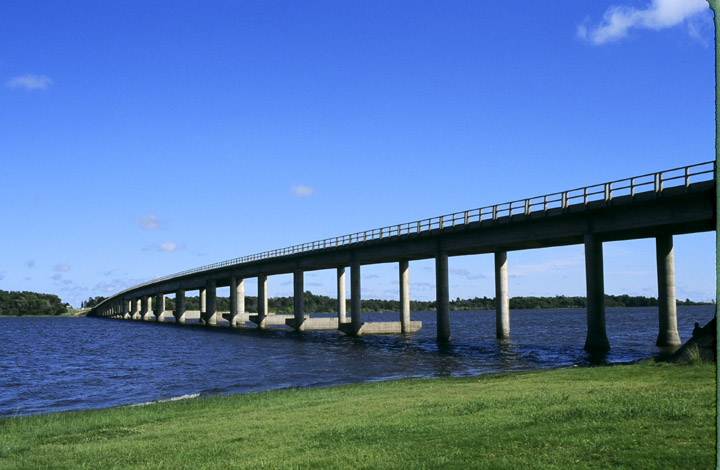
Rio Negro. Yes, there is one in Uruguay too.
It's the largest river in the country and is one of the best places to catch 3-foot Hoplias lacerdae.
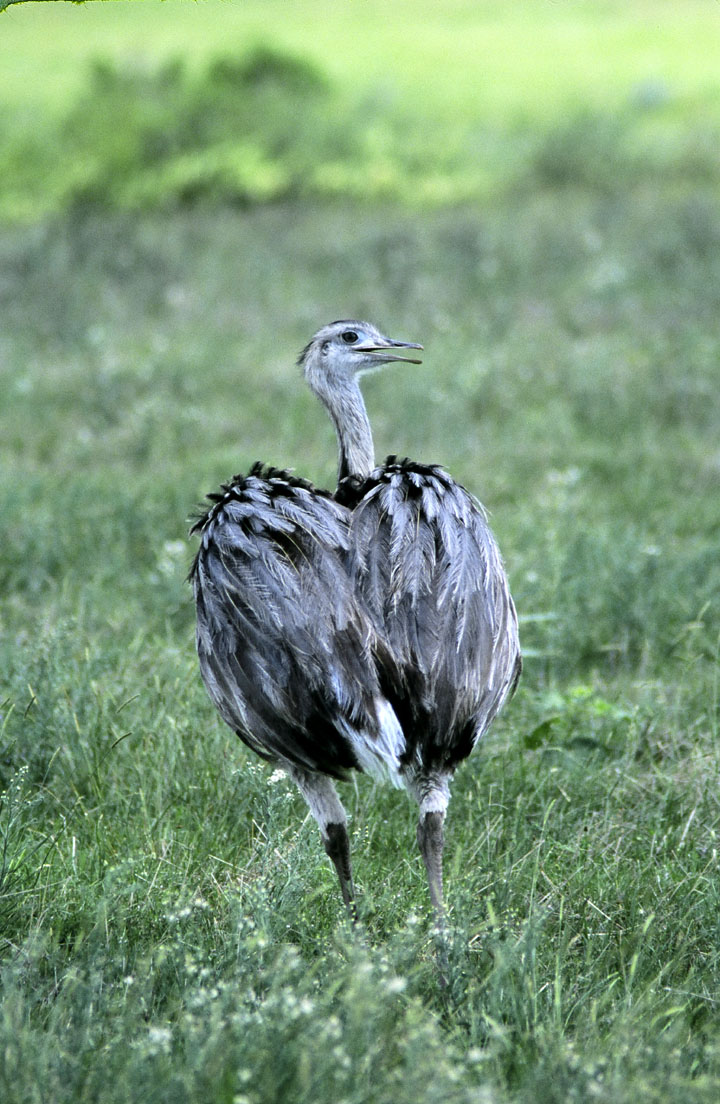
A male Rhea (Rhea americana)
| Home | Pikes | Neotropicals | Collecting | Photography | Links | Site map |

|
http://geocities.datacellar.net/NapaValley/5491
Latest update: 13 January 2007 Comments on this page: email me at vin dot kutty at gmail dot com |